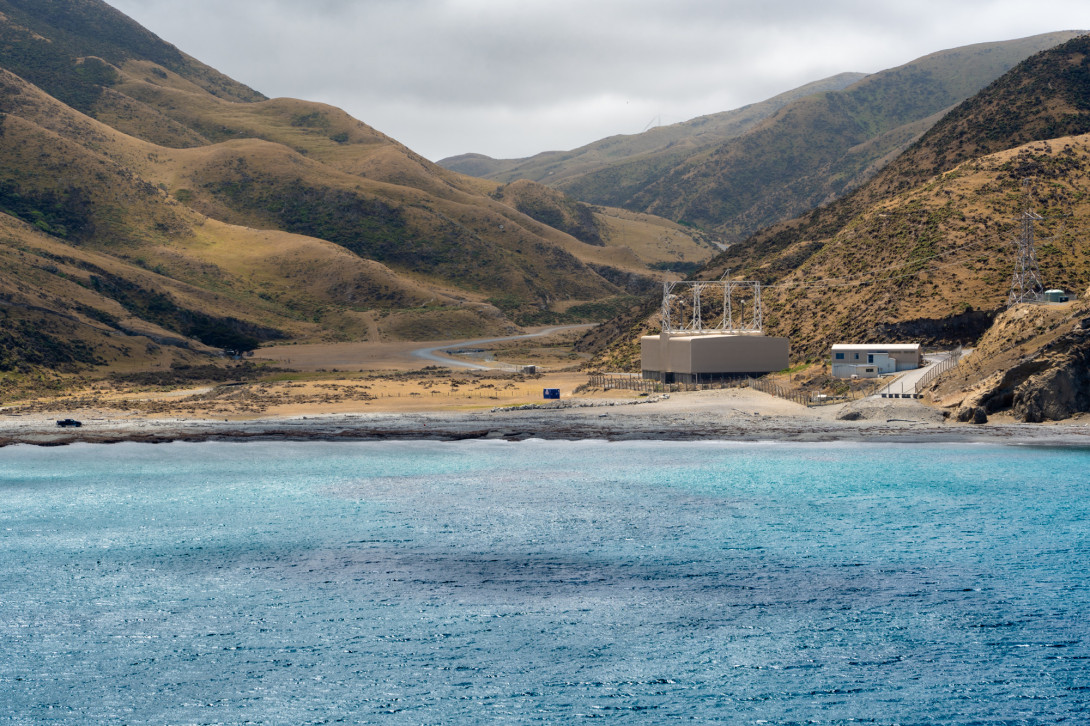09 Sep 2025

Transpower is moving ahead with plans to renew the critical High Voltage Direct Current (HVDC) electricity link between the North and South Islands, today applying for Commerce Commission approval to invest $1.1 billion to deliver the major infrastructure elements of the work.
The proposal includes the replacement of three submarine electricity cables, the addition of a fourth cable to boost electricity transfer capacity, and new cable termination stations on either side of Cook Strait. An application for additional related work expected to be carried out at the same time will be made separately when the scope of work and necessary investment is further refined.
Transpower Chief Executive James Kilty said consultation on the cable replacement and the wider programme of HVDC renewal work has shown a high level of support for investing in the electricity link.
“The HVDC link is a key part of our electricity system and helps ensure Aotearoa’s power supply is reliable and stable. Moving ahead with this critical infrastructure project means Kiwis can continue to access the lowest cost electricity generated across both islands, supporting competition among electricity generators and keeping downward pressure on power prices as much of the economy electrifies.
The HVDC link will have an increasing role in balancing out the more variable electricity generated by solar and wind farms by moving power from hydro generation, thermal back up plant, and batteries to communities and businesses across New Zealand when needed. This means Aotearoa can continue to confidently invest in new renewable generation and grow its electricity use.
“Major industrial power users, local lines companies, electricity generation companies, retailers and members of the public have given useful and supportive feedback as we prepared our proposal. We look forward to continuing to work with our stakeholders closely as we move toward delivery.”
The HVDC link was first put into service in 1965, and the original undersea cables were replaced in 1991 with an expected life of 40 years. Underwater surveys have shown the cables are beginning to deteriorate as expected, meaning they must be replaced by the early 2030s.
Transpower plans to seek approval in 2026 for a related piece of work to replace the highly specialised system that controls the electricity flow, and is also continuing to investigate options for removing the existing cables from the sea floor once the new ones are in place.
It is expected this work will be completed around the same time as the cable replacement, in the early 2030s. Transpower anticipates there will be no impact on electricity supply to consumers while the upgrades happen.
The investment would be gradually recovered through Transpower transmission charges, beginning when the upgrades go into service in the early 2030s and spread over the expected 40-year life of the assets. Transmission charges make up around 8% of consumer’s electricity bills.
Mr Kilty said the Commerce Commission will now review the proposed investment.
“As we’ve developed this proposal, it’s been incredibly important to us that the numbers stack up and the benefits are clear,” he said.
“As part of that, we’ve had an independent reviewer verify our investment plans. We now look forward to working with experts from the Commission as they assess whether the investment represents good value for New Zealanders and is in consumers’ long-term interests.”
Further information, including the full proposal documents, is on Transpower’s website at www.transpower.co.nz/hvdc-upgrade.
ENDS
For further information, please contact:
Transpower’s Communications team on 021 195 8613 or [email protected].